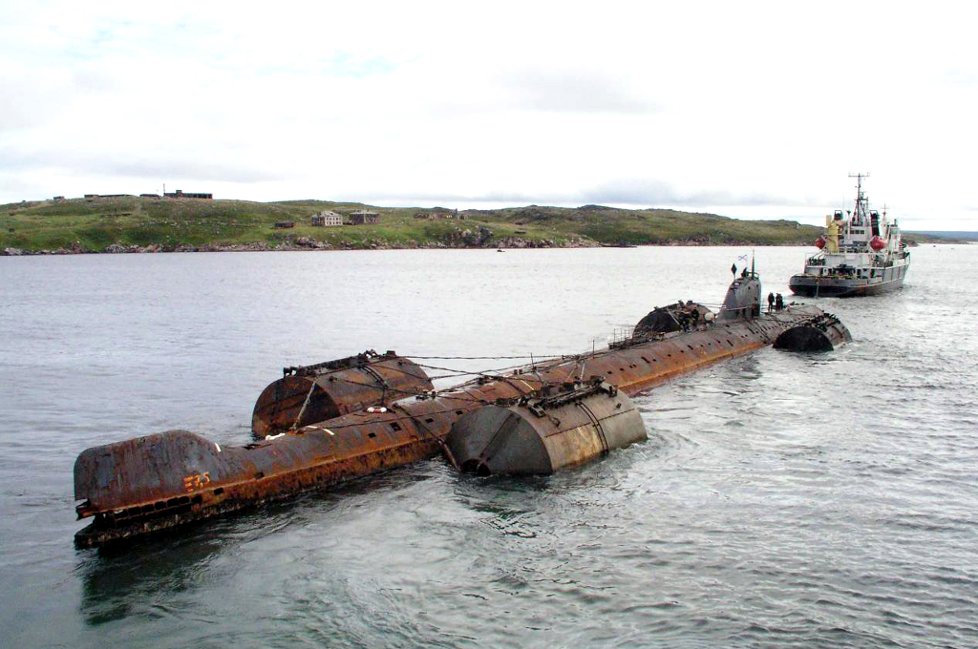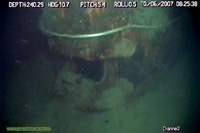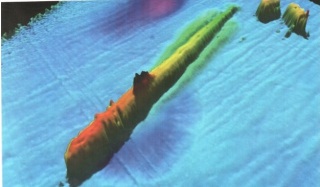
New Managing Director for Bellona Norway
The Board of the Bellona Foundation has appointed former Minister of Climate and the Environment Sveinung Rotevatn as Managing Director of Bellona No...
News

Publish date: May 5, 2015
News
Norwegian scientists have concluded that a sunken nuclear submarine, which is causing alarm among Russian scientists, poses little risk to the rich fishing territory in the Barents Sea where the vessel foundered in 2003, Norwegian media has reported.
At a joint conference held by Bellona and Russian state nuclear corporation Rosatom last month in Murmansk, Mikhail Kobrinsky of the Nuclear Safety Institute of the Russian Academy of Sciences (IBRAE) issued warnings that the K-159 sub – containing 800 kilograms of uranium fuel – could shut down fishing for two years in the event of a radioactive breach.
Of pressing concern, said Kobrinsky, is contamination of fish by cesium-137, which joint Russian-Norwegian expeditions to the shipwreck have found in vast quantities.
Kobrinsky outlined a nightmare scenario at the Bellona-Rosatom conference in which ocean currents could carry radioactivity east through the Barents Sea toward the White Sea inlet, as well as in the direction of the Pechora Sea and the Novaya Zemlya Archipelago – which hosts the sunken K-27 nuclear submarine.

Even the worst brings no dangers
But the Norwegian Institute of Marine Research dashed those concerns, saying Monday that even if all the cesium-137 aboard the K-159 were released, it would still not exceed Norwegian norms for food safety, the Barents Observer news portal, and the national broadcaster NRK reported.
“In a study calculating the effects from various contamination scenarios, we have shown that even with the most dramatic pollution, the levels of Cesium-137 in fish will be under the limits set by Norwegian Food Safety Authority,” Hilde Elise Heidal, a scientist who took part in last year’s joint visit to the sunken sub, told the Barents Observer.
The K-159 was under tow in August 2003 from the Gremikha naval installation to the Polyarny shipyard where it was to be dismantled when it ran into heavy weather.
The rusted-out sub was kept afloat by equally corroded pontoons, one of which was ripped away in the squall. It went down in 200 meters of water, killing nine sailors who were aboard to plug leaks.
Heidel said that a release of all the vessel’s cesium wouldn’t pass without negative consequences. A 2013 study she cited to the Barents Observer showed cesium 137 concentrations in cod would increase by 100 times over levels measured today over a two year period.
Even so, she said, the increased levels would still fall below limits set by food safety authorities.
More serious sub dangers remain
But the K-27 still remains a source of concern for environmentalists. The K-27 was intentionally scuttled by the Soviet Navy in a shallow 30-meter grave off the coast of Novaya Zemlya in 1981.
Its liquid metal cooled reactors were sealed with a mixture of furfuryl and bitumen to isolate their 90 kilograms of highly enriched uranium fuel from breaches of water. But the seal isn’t performing as expected, studies by the Kurchatov Institute have shown, posing the danger of an uncontrolled chain reactor, Kobrinsky said at the conference.

“A study we have done indicates that only five to six liters of sea water into the reactor core are enough to trigger an uncontrolled chain reaction,” Kobrinsky said. “The isolation material used in the reactor compartment does not isolate as much as we thought.”
An uncontrolled chain reaction at such a shallow depth poses the danger that radioactivity could be released into the air. Once airborne, radioactivity spreads faster and over greater distances than it does in water.
What went down must come up
A 2012 joint Russian-Norwegian expedition to inspect the K-27 determined it’s possible to raise the wreck from the sea-floor as its hull has weathered the elements in good shape. The same cannot be said for the K-159, whose hull was a rusted sieve to begin with.
Nils Bøhmer, Bellona’s executive director and nuclear physicist urged getting both of the subs out of the water.
He said that Kobrinsky’s conclusions about a possible chain reaction aboard the K-27 were “very worrisome” and urged that joint research on raising the subs continue.
“It is urgent to make preparation plans and risk assessments on how to raise these two submarines,” he said.
Kobrinsky agreed that measures to hoist them from the depths should be taken regardless of cost.
“Better to raise them with expensive equipment quickly that with cheap equipment slowly,” he told last month’s conference.
Nuclear trash collection
The submarines just a part of a larger radioactive dumpsite in the Kara Sea revealed to Bellona by Russian authorities in 2011.
At that time, Russia provided a catalogue of radiological junk dumped over decades in that area that includes 17,000 containers of radioactive waste, 19 ships containing radioactive waste, 14 nuclear reactors, including five that still contain spent nuclear fuel, and 735 other pieces of radioactively contaminated heavy machinery.

The Board of the Bellona Foundation has appointed former Minister of Climate and the Environment Sveinung Rotevatn as Managing Director of Bellona No...

Økokrim, Norway’s authority for investigating and prosecuting economic and environmental crime, has imposed a record fine on Equinor following a comp...

Our op-ed originally appeared in The Moscow Times. For more than three decades, Russia has been burdened with the remains of the Soviet ...

The United Nation’s COP30 global climate negotiations in Belém, Brazil ended this weekend with a watered-down resolution that failed to halt deforest...